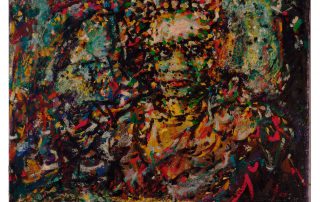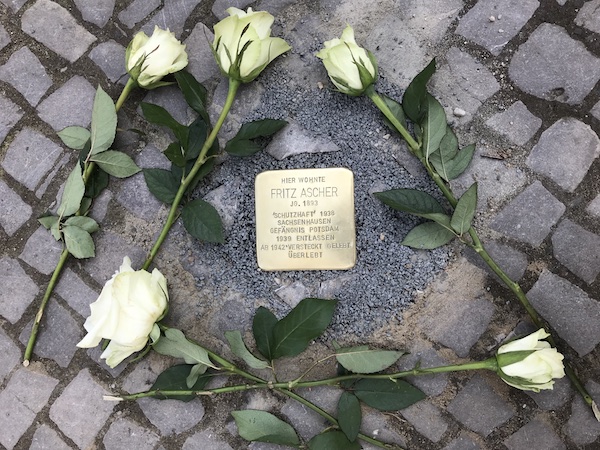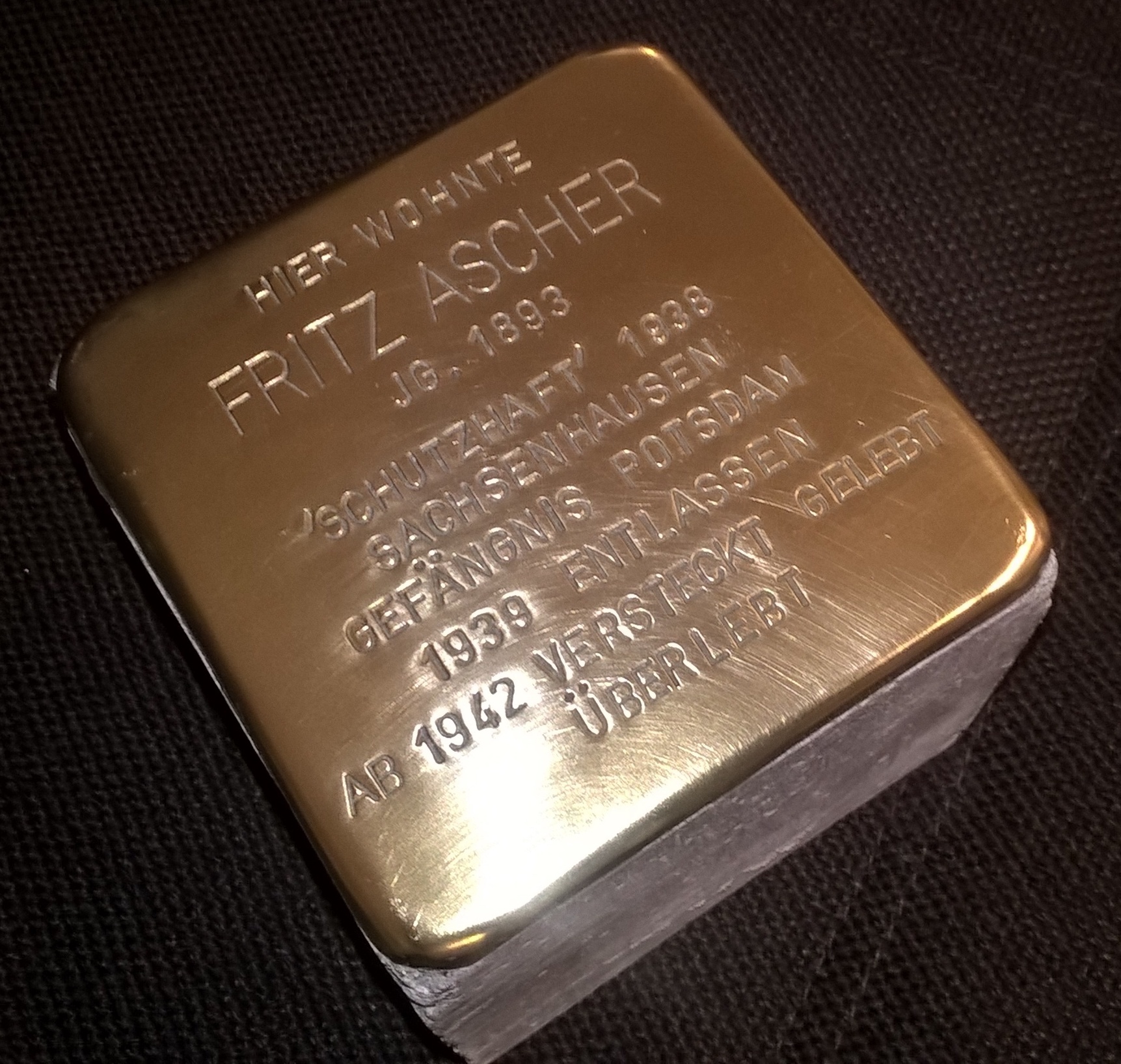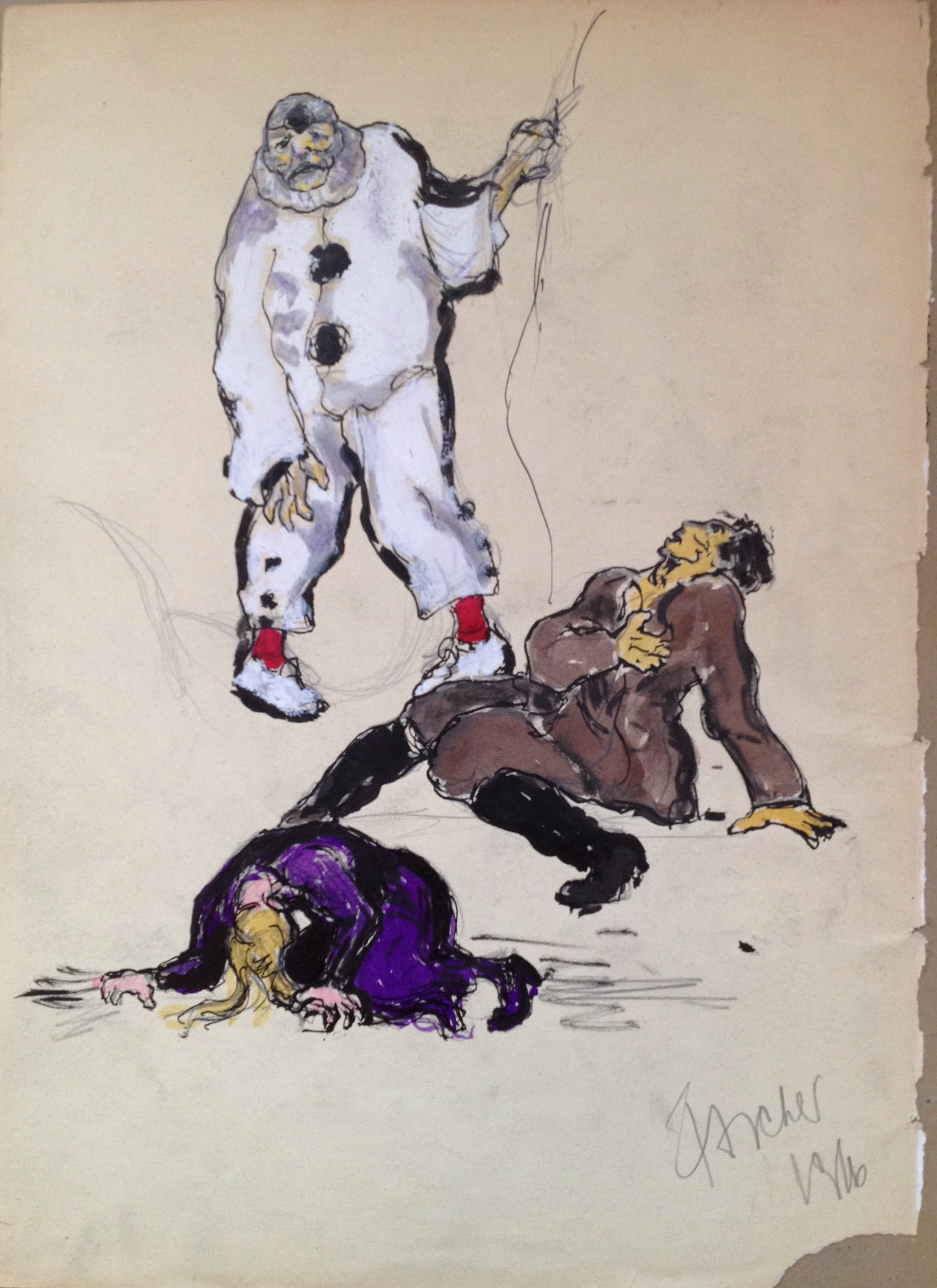FRITZ ASCHER SOCIETY Newsletter #24, December 2018
Dear Friends, I am filled with gratitude for your interest and support that enabled us this year to initiate and organize five exhibitions, numerous lectures and exhibition tours, two world premiere concerts featuring musical interpretations of Fritz Ascher’s poems by Potsdam composer Gisbert Näther, as well as the emotional ceremony placing a stumbling block in front of Niklasstraße 21/23 in Berlin-Zehlendorf memorizing Fritz Ascher at the location of his parental home. Thank you to everyone who made these events possible! Thank you to Wolfgang Gustavus, whose unexpected death deeply saddens us, for donating works by Fritz Ascher to the Potsdam Museum and Museum Charlottenburg-Wilmersdorf Berlin. As 2018 is winding down, I hope you are enjoying some peace and fun [...]







